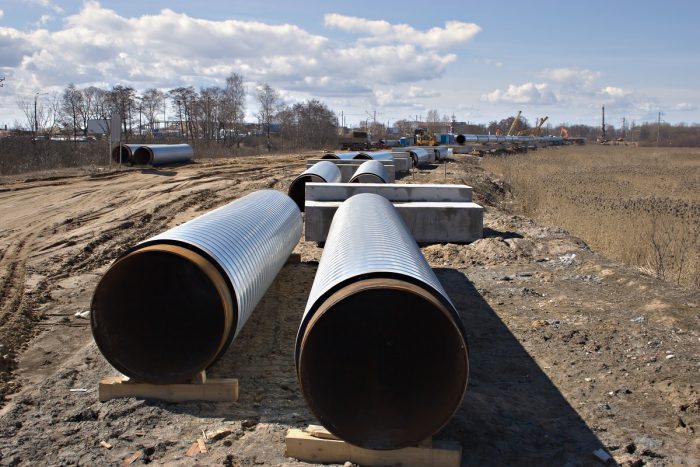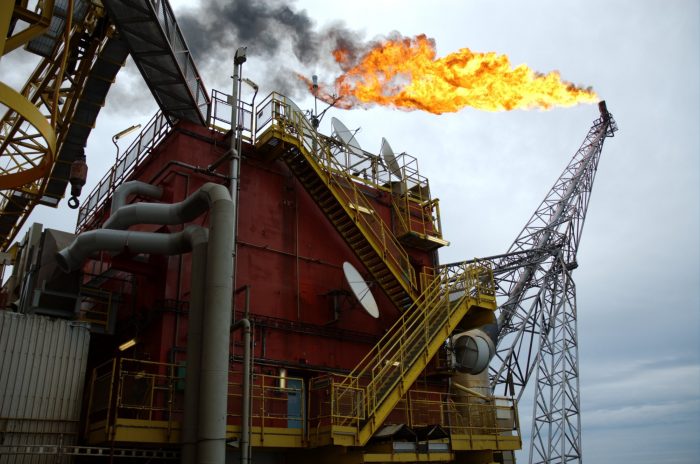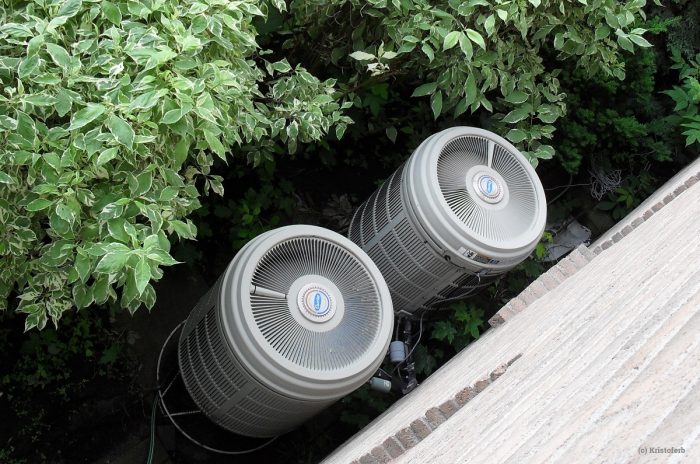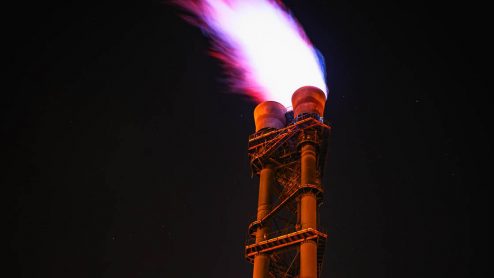Repowering the EU makes sense – but current plans are bowing to fossil fuel industry interests
Almost three months after Russia invaded Ukraine, the European Commission has presented its REPowerEU plan to move towards ending reliance on Russian fossil fuel imports.
Released on 18 May, the flood of energy-related proposals, guidelines and explainers included in the strategy aims to cut the fossil fuel cord with Russia and accelerate the transition to clean energy.
But while the REPowerEU package aims at diversifying away from Russian energy imports, its solutions overly prioritise the interests of the fossil fuel industry rather than the greater wellbeing of the planet.
Let’s take two examples.
On one hand, REPowerEU includes large increases in imports of liquified natural gas from the US and elsewhere. These imports are responsible for significant methane emissions.
On the other, REPowerEU seeks to accelerate the hydrogen market without clearly outlining which type of hydrogen. Hydrogen is a false solution when it is not made from water and with 100 per cent renewable energy (green hydrogen).
While REPowerEU references the development of green hydrogen, it does not commit to restricting development to it alone, merely mentioning “hydrogen projects” without specifying the type. This leaves space for the expansion of “blue hydrogen”, which is made from methane in a form of methane-laundering, effectively prolonging the production of fossil gas and its associated methane emissions.
Methane is the main component of fossil gas and a potent greenhouse gas with a global warming potential 83 times higher than CO2 over a 20-year period. The world cannot limit warming to 1.5°C without slashing methane emissions within the framework of a swift transition away from fossil fuels – and the European Commission knows this, but appears to be trying to message its way around it.
For example, the EU External Energy Strategy, released with the REPowerEU plan, states: “The European Commission has already adopted an EU Methane Strategy and a legislative proposal to tackle methane emissions that have a clear international dimension.”
This is a significant overstatement, given that the EU imports 90 per cent of the gas, 97 per cent of the oil and 70 per cent of the coal it consumes and that most methane emissions associated with EU consumption of oil, gas and coal occur outside the EU.
Knowing this, and despite numerous calls to propose meaningful measures to address methane emissions from imports, the Commission did the exact opposite. Rather than extending the rules on monitoring, reporting and verification, leak detection and repair and limits on venting and flaring across the supply chain – imports included – the Commission simply seeks information from importers on their methane emissions, when available.
If the EU Methane Regulation had an actual “clear international dimension” then it would have included imports within the framework in a meaningful way. This error will hopefully be corrected by the European Parliament and Council as they negotiate a final text.
Another way the Commission messages around methane emissions is through the “You Collect/We Buy” initiative presented in the REPowerEU proposals. It aims to promote the capture of methane instead of intentionally releasing it through venting and destroying it through flaring. However, the EU should not be simply asking for vented and flared methane to be captured, it should be requiring these practices as a condition of market access.
Finally, the Commission mentions the Global Methane Pledge. While a good first step and a starting point for increasing global ambition on methane, this remains just a pledge with a non-binding reduction target. If the EU really wants to be a global leader on methane mitigation, it should support and promote the adoption of a new binding global agreement on methane.
To significantly address methane emissions from the energy sector, the EU needs to implement a strong framework that includes the whole supply chain and to champion the adoption of a new global agreement on methane, going beyond the Global Methane Pledge. Good intentions must be transformed into actual deeds, not just more words.
On a more positive note, REPowerEU aims to double the rate of deployment of heat pumps throughout the bloc. This is a demand-side measure necessary to decarbonise homes and buildings and to reduce dependence of oil and gas for heating.
However, as many heat pumps contain climate-damaging hydrofluorocarbon (HFC) refrigerants, this risks increasing use and emissions of HFCs, which are often hundreds to thousands of times more potent than CO2. Heat pumps using natural refrigerants are available on the European market, but the market share remains low, therefore REPowerEU is a golden opportunity to signal to the industry that natural refrigerants are the solution in this sector.
Given the anticipated roll-out of millions of heat pumps in the coming years – some 30 million new heat pumps are set to be installed by 2030 – the absence of attention to the type of refrigerant ed risks locking in unnecessary HFC emissions and undermining the EU’s climate goals.







